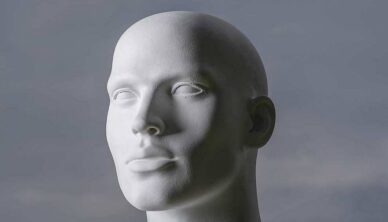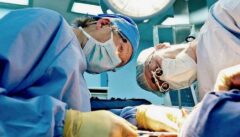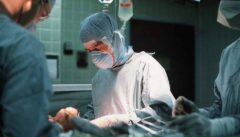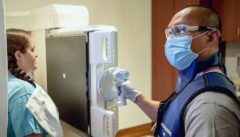Contents
3D Printing In Maxillofacial Surgery

Our Adept Solution
While the ability to create artificial people is thankfully still some way off, producing a 3D model to represent a person’s anatomical form is now straightforward. This is part of a technique that is becoming increasingly valuable in maxillofacial surgery.
In February 2023, surgeons at the University Hospital of Salzburg implanted a 3D-printed cranial prosthesis into a patient to correct a deformity—a method that could equally be applied to trauma-related injuries.
Across Europe, 3D-printed bone grafts are now being approved for patient use in treating deformities and injuries. These grafts are produced using a process originally developed for industrial applications.
Additive Manufacturing
Technically known as additive manufacturing, 3D printing involves building up layers of material to create the required object. This contrasts with traditional subtractive processes, such as milling or turning, where material is removed.
Although plastics, resins, and metals are commonly used in 3D printing, the process can also utilise a calcium phosphate compound—the main constituent of natural bone—allowing for the creation of highly compatible replacements.
Bone growth and integration are supported by the choice of material and by vascularisation—the natural development of blood vessels within the implanted structure.
There are situations where plastic or ceramic options may be appropriate for medical implants, or where a different type of scaffold is required. Even so, the ability to closely replicate natural tissue remains a significant advantage.
A Tailored Approach
3D implants can be tailored to the individual, both in shape and in material. Compared to traditional methods, production is relatively quick and cost-effective—yet the result is a high-quality, patient-specific solution.
The process generally begins with a digital model, created using a scanner such as our in-house cone beam computed tomography (CBCT) device.
These images are then converted into a suitable format using CAD software, making them ready for 3D printing. While expertise is certainly required, the process does not demand an extensive range of new equipment.t.
Meeting Patient Needs
Many cases are well-suited to autografts, using tissue from the patient’s own body. However, synthetic alternatives should also be considered as techniques continue to advance—especially where they may lead to improved outcomes.
As with other emerging options—such as bone stem cells or bone-regenerating proteins—3D printing should not be dismissed simply because it is new.
Computer modelling has long proven valuable in maxillofacial surgery, and 3D printing is a natural progression from this technology.
It is a tool consultants should consider in supporting their patients—an example of how our creativity can help deliver health-enhancing solutions.
2 March 2023



